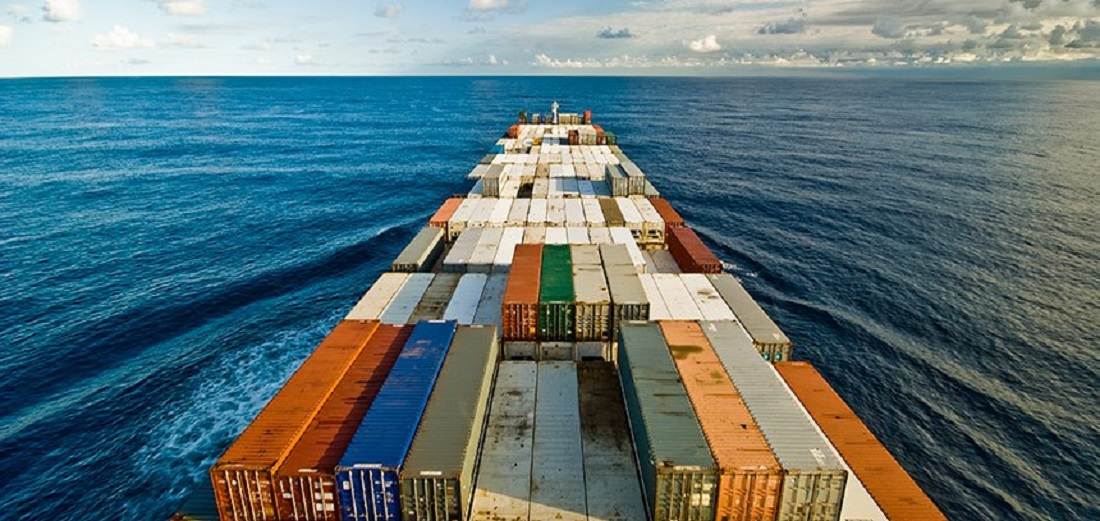
Brands multiply in red-hot liner sector
Jun, 21, 2024 Posted by Sylvia SchandertWeek 202425
With spot rates at all-time highs – bar the covid era – a host of opportunistic companies are rushing out liner offerings.
Similar to the pandemic period, many regional lines have entered the main east-west trades, while new names in container shipping are also emerging.
In South Korea, for instance, PanStar, a ferry operator, has chartered the 634 teu Honor Voyage to establish its first ever regular liner route. A weekly service linking South Korea and Japan will launch on June 30. PanStar said it aims to add more boxships in the next 12 months.
Similarly, Ellerman City Liners, part of UK-based forwarding group UniServe, has started sailings this month from China to Europe. UniServe created the Ellerman brand in late 2021, running services from China to the UK for around 13 months, before transferring its focus to transatlantic offerings. Ellerman currently has two ships in the 2,500 teu size range on charter.
Regional players are also getting back into the main tradelanes. Singapore’s SeaLead Shipping, for instance, has restarted its transpacific service to the US west coast, while China’s BAL Container Line has just reestablished its China-Mexico Express service.
“Strong demand and high spot rates have some long-haul carriers adding transpacific and Asia – Europe services. Smaller regional carriers are also entering transpacific trade for the first time since the pandemic,” commented Judah Levine, head of research at Freightos, adding: “But with capacity already stretched thin, the shift of vessels to East-West lanes may contribute – like it did in 2021 and 2022 – to higher rates on regional and lower-volume lanes as well.”
The Shanghai Containerized Freight Index (SCFI), out today, was up by another 96 points to 3475 points, its highest level since August 2022, while Drewry’s composite World Container Index, published yesterday, increased 7% to $5,117 per feu, up by 233% when compared with the same week last year, and 260% higher than the average 2019 pre-pandemic rates of $1,420.
Red Sea re-routing has tightened global container fleet capacity, while congestion and a shortage of boxes are both growing risks, analysts at Jefferies noted this week.
“Demand has surprised higher into Europe, North America, Latin America and Africa, prompting an early start to peak season and a gapping up in freight rates,” Jefferies observed.
Many shipping analysts in recent weeks – including from Jefferies, Cleaves and Bank of America – have predicted the ongoing Red Sea shipping crisis, the touchpaper for today’s red-hot liner environment, will continue into the first half of next year.
Source: Splash 247
-
Shipping
Jul, 12, 2024
0
Brazil set to become sustainable ship recycling hub
-
Ports and Terminals
Dec, 23, 2021
0
Container handling rates in Santos were higher by November than entire 2020
-
Ports and Terminals
Apr, 26, 2023
0
Porto Alegre port sees nearly 7% surge in throughput during 1Q23
-
Trade Regulations
Sep, 08, 2022
0
Argentina formally requests China to join the BRICS

